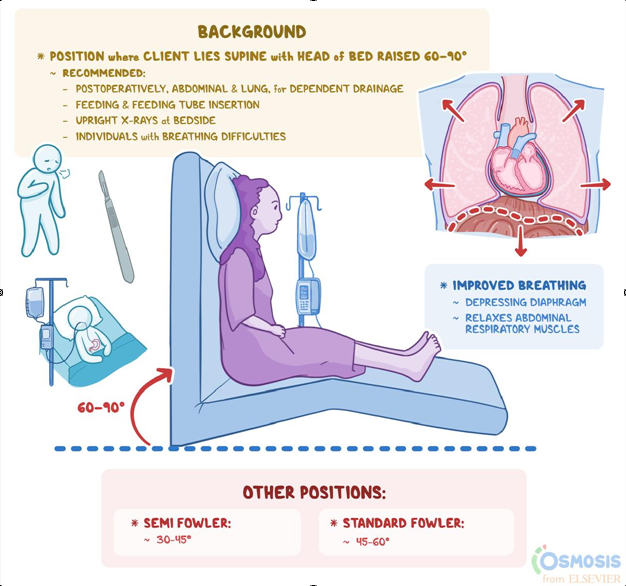A nurse is providing care to a client who is immunocompromised.
Which of the following should the nurse identify as a possible source of infection?
Soiled linens are placed on the floor
Waste containers are lined with single bags
Dampened cloths are used for dusting the area
Uncapped sharps are put in a puncture-resistant container
The Correct Answer is A
Placing soiled linens on the floor can lead to cross-contamination and the spread of infectious agents. This can pose a risk to the immunocompromised client, who may be more susceptible to infections.
Lining waste containers with single bags helps contain potentially infectious waste and facilitates proper disposal. This reduces the risk of contamination and exposure to infectious materials.
Using dampened cloths for dusting helps minimize the spread of dust and airborne particles. Dampening the cloth can help capture the dust and prevent it from becoming airborne, reducing the potential for respiratory exposure.
Placing uncapped sharps in a puncture-resistant container is an essential practice to prevent needlestick injuries and the transmission of bloodborne pathogens. This ensures safe disposal of sharps and reduces the risk of accidental needlestick injuries to healthcare workers and clients.
Nursing Test Bank
Naxlex Comprehensive Predictor Exams
Related Questions
Correct Answer is A
Explanation
Explanation
A.8 oz chopped hard-boiled egg
Eggs are considered a complete protein source, meaning they contain all essential amino acids that the body needs. They are an excellent source of high-quality protein and provide essential nutrients. Chopped hard-boiled eggs, in particular, can be easily added to salads, sandwiches, or consumed on their own.
8 oz brown rice in (option B) is incorrect because brown rice is a healthy carbohydrate source, it is not a significant source of protein.
8 oz fruit yogurt in (option C) is incorrect because fruit yogurt may contain some protein, but the protein content is generally lower compared to other sources such as eggs.
8 oz raw spinach in (option D) is incorrect because spinach is a nutrient-rich vegetable, it is not a significant source of protein.
Correct Answer is D
Explanation
Explanation
D. Maintain the client in high-Flower’s position
Crackles in the bases of the lungs, shortness of breath, and an increased respiratory rate are signs of pulmonary congestion, which is commonly seen in heart failure. Maintaining the client in a high-Fowler's position, with the head of the bed elevated to a 45-60-degree angle, helps reduce venous return to the heart, decreases fluid accumulation in the lungs, and improves breathing comfort for the client.
The other options are not appropriate actions for the client's condition:
Instructing the client to cough every 4 hours in (option A) is not the priority action in this situation. Coughing may not effectively address the underlying cause of pulmonary congestion and may not provide immediate relief for the client.
Encouraging the client to ambulate to loosen secretions in (option B) is not the priority action in this situation. While ambulation can be beneficial for overall health, the client's symptoms of pulmonary congestion require immediate attention to improve respiratory status.
Increasing the client's intake of oral fluids in (option C) is not the priority action in this situation. While maintaining adequate hydration is important, excessive fluid intake can worsen the symptoms of heart failure and contribute to further fluid accumulation in the lungs.
Therefore, the nurse should maintain the client in high-Fowler's position (option D) to promote optimal lung function and improve breathing comfort. It is important to promptly notify the healthcare provider of the client's condition for further assessment and intervention.

Whether you are a student looking to ace your exams or a practicing nurse seeking to enhance your expertise , our nursing education contents will empower you with the confidence and competence to make a difference in the lives of patients and become a respected leader in the healthcare field.
Visit Naxlex, invest in your future and unlock endless possibilities with our unparalleled nursing education contents today
Report Wrong Answer on the Current Question
Do you disagree with the answer? If yes, what is your expected answer? Explain.
Kindly be descriptive with the issue you are facing.
